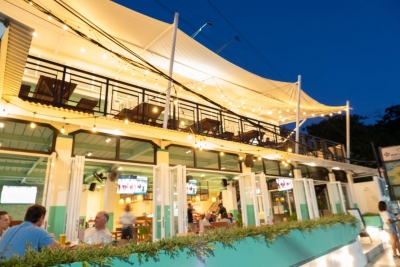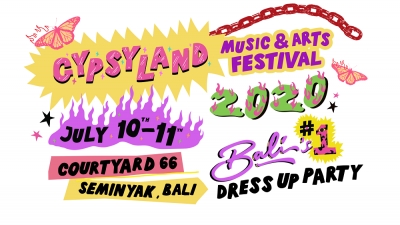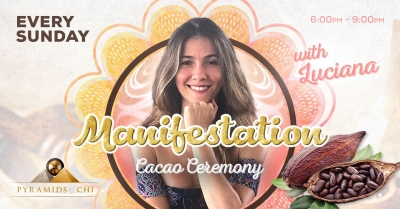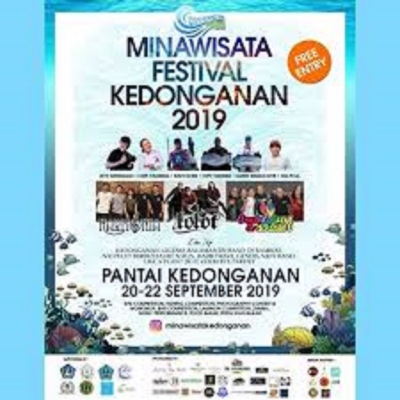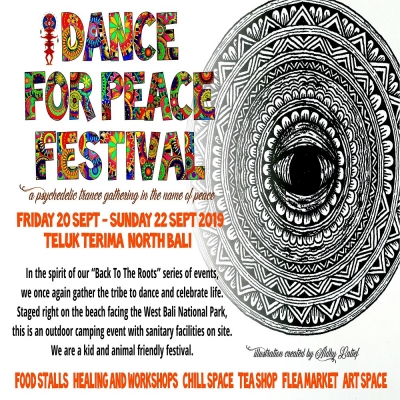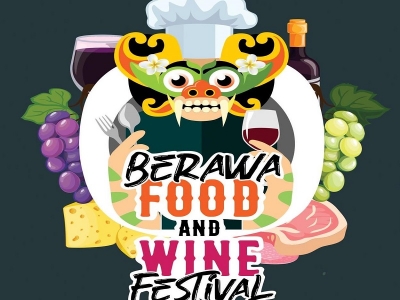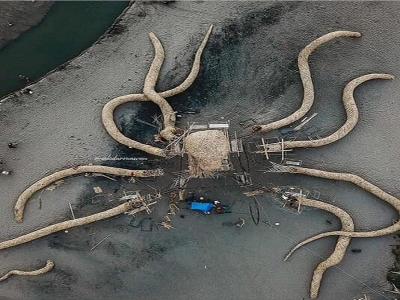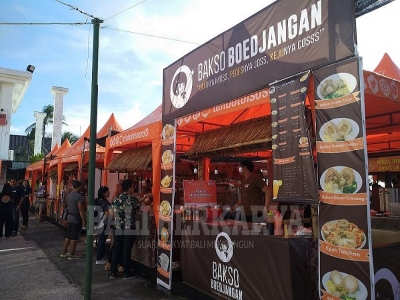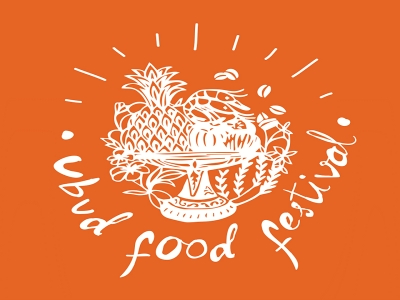
Culture
Bali is arguably one of the world's most artistic culture. The Balinese are skillful painters, musicians, flower arrangers, wood carvers, dancers and weavers. In Bali sometimes it seems like everyone is an artist but the notion of art for art's sake and the idea of an artist was only recently introduced. There are no words in the Balinese language for art and artist until they were brought to the island by Westerners. This is partly because art is so infused into everyday life that no one had ever thought of making a distinction between the two. A lot of what Westerners consider art is produced for temples and ceremonies. Artists are often farmers or people with other jobs, who don’t consider their artistic skills to be anything special. Painter generally don’t sign their works.
Arististic, religious and ritualistic life are often all intertwined. This aesthetic is manifested in penjor, decorative bamboo poles found in doorways during festivals; cili, stylized female figures; lamak, decorative palm leaf strips; and elaborately carved coconut shell wall hangings. Many of these are made for ritual purposes and are destroyed when the ritual is finished.
The tourism industry greatly changed the Balinese artistic scene. Much of Bali’s culture scene is now oriented towards tourists. Contemporary Balinese temple carvings show surfers, gods driving cars and hold-up scenes with pistol-packing demons.
Balinese literature is rich in folktale and myths.


